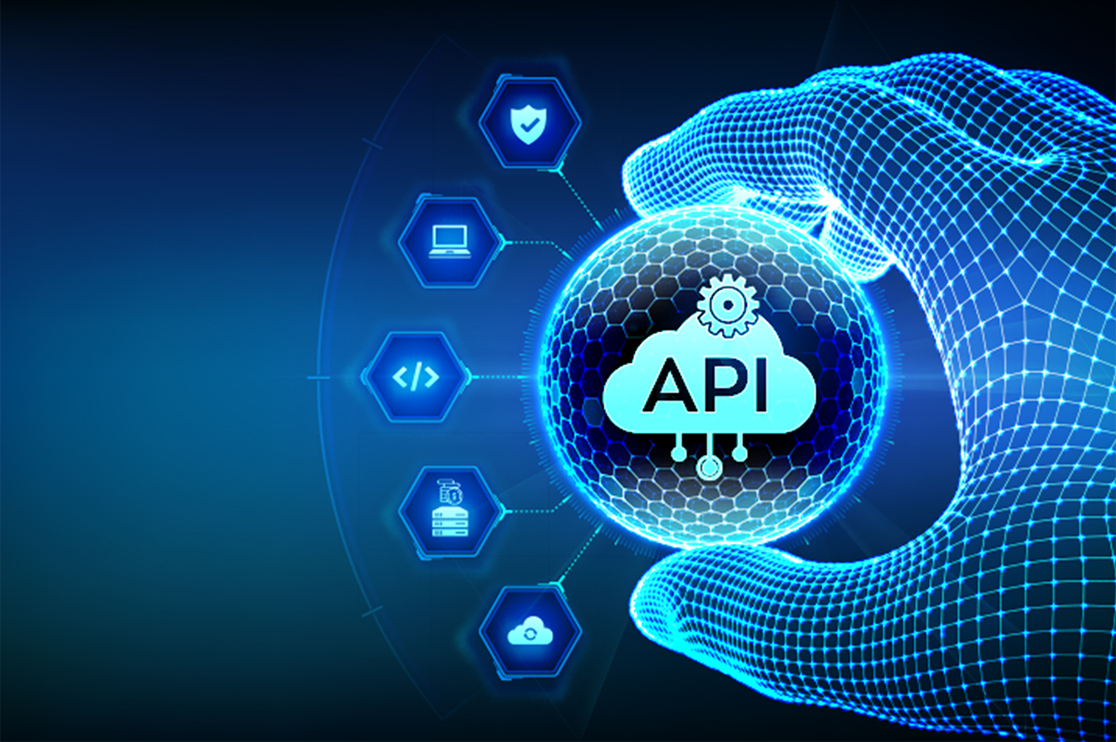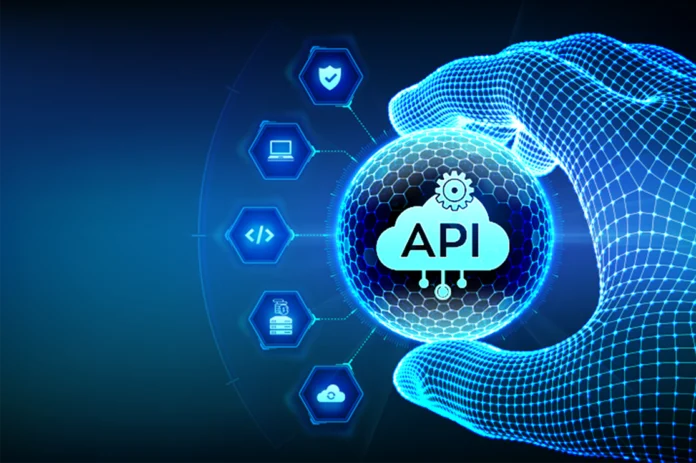In today’s fast-paced digital world, efficient delivery operations are essential for businesses to thrive. As customer expectations for quick and reliable deliveries continue to rise, companies must leverage technology to stay competitive. One powerful tool that can significantly enhance delivery operations is API integration. This article will explore how API integrations can streamline your delivery processes, boost efficiency, and improve customer satisfaction.
The Role of API Integrations in Modern Delivery Operations

APIs, or Application Programming Interfaces, allows different software systems to communicate and exchange data seamlessly. By integrating APIs into your delivery operations, you can automate various processes, reduce manual errors, and improve overall efficiency. From order management to real-time tracking, APIs offer a multitude of benefits that can transform how your business operates.
Automating Order Management
Automating order management through API integration can significantly reduce the time and effort required to process orders. When an order is placed on your e-commerce platform, an API can automatically update your inventory, notify the warehouse, and generate shipping labels. This automation minimizes the risk of human error and ensures that orders are processed quickly and accurately. Additionally, integrating a shipment tracking app into your system allows customers to monitor their order status in real-time, further enhancing their experience and trust in your service.
These tracking APIs collect data from various points along the delivery route, from the moment the package leaves the warehouse to its final destination. This information is then relayed to your system, allowing customers to track their orders through your website or app. Enhanced visibility not only improves customer satisfaction but also reduces the number of inquiries to your customer service team.
Efficient route planning is essential for timely deliveries and cost savings. API integrations can optimize your delivery routes by analyzing various factors such as traffic conditions, delivery windows, and vehicle capacity. By leveraging route optimization APIs, you can ensure that your drivers take the most efficient paths, reducing fuel consumption and delivery times.
Improving Customer Communication and Satisfaction

Effective communication is key to maintaining high customer satisfaction levels. API integrations can streamline your communication processes, ensuring that customers receive timely and accurate information about their orders. From order confirmations to delivery notifications, APIs can automate and personalize your interactions with customers.
Automating notifications and alerts through API integrations can significantly enhance your customer communication strategy. When an order is placed, an API can automatically send a confirmation email or SMS to the customer. As the order progresses through the delivery process, additional notifications can be triggered to keep the customer informed at every stage.
Personalizing customer interactions is another advantage of API integrations. By connecting your customer relationship management (CRM) system with your delivery management system, you can access detailed customer data and preferences. This integration allows you to tailor your communication and offers to individual customers, creating a more personalized experience.
Conclusion
API integrations offer a powerful way to streamline your delivery operations and enhance overall efficiency. By automating order management, enhancing real-time tracking, optimizing route planning, and improving customer communication, APIs can transform your delivery processes and improve customer satisfaction. Embracing API integrations is essential for businesses looking to stay competitive in today’s fast-paced digital landscape.











